In this area, the communists were extremely successful. While young people in Western countries happily enjoyed the fruits of the sexual revolution, young Czechs often married the first sexual partner in their life. As late as 1988, the average bride was 21 years old, and her husband-to-be three years older. Since men regarded the use of condoms as a nuisance and women — quite justifiably — feared the locally produced hormonal contraception, they also had children at a significantly earlier age than in the West.
Marriage was, in other words, the only officially tolerated means in which two young Czechs could live together. What’s more, it also became an economic necessity. With next to no flats rented to singles and a wage level that granted the individual only the most modest existence, marriage represented financial security. Besides that, it gave children a good start in life (surveys show that the otherwise liberal Czechs still are pretty intolerant of children born out of wedlock). During the ultra-pragmatic normalization in the 1970s and 1980s, the economic aspect of marriage became so important that it wholly overshadowed its other ingredients. This attitude still lingers on.
In addition to the utilitarian attitude towards marriage, the grey and dull life in communist Czechoslovakia did little to enhance marital fidelity. It was hard to travel abroad, it took extreme efforts to get hold of consumer goods that were common to every Westerner, and it made no sense to pursue a career (it often required great humiliations, and your pay didn’t rise much anyway). So what did you do? Enjoy all the fleshy temptations that life could give. The writer Milan Kunderadoes not have many fans in the Czech Republic, but he’s at least credited for one thing: in his novels, he gave a vivid picture of how the Czechs used sex and promiscuity as a remedy against their Weltschmerz!
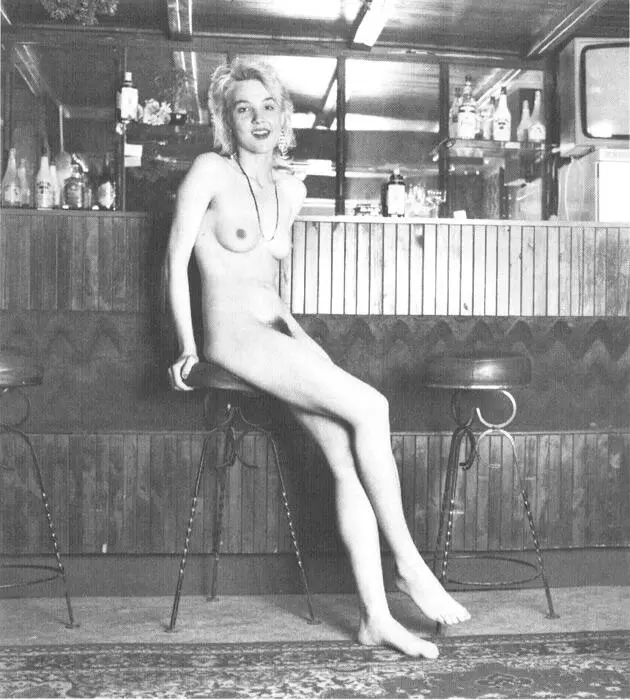
Photo © Arne Valen
The fall of communism has brought about some interesting changes. Marriage rate has plummeted from 90.000 weddings in 1990 to some 49.000 in 2003 (which means that marital infidelity, and not necessarily promiscuity, is becoming less widespread), and the average Czech is getting married at a later age than ten years ago. Simultaneously, Czech women now have unlimited access to Western hormonal contraception, as well as the possibility of pursuing a career that secures them economic independence. As a result, the number of women preferring to remain single and have casual sexual relations instead of getting married has skyrocketed. Currently, every third child is born to an unmarried mother.
The most palpable change, however, is that the communist regime’s silly prudery has been replaced by a strongly liberal attitude towards anything that smacks of sex. What a decade and a half ago was shrouded in deepest privacy is now demonstrated openly on every street and corner.
In that respect, it was hardly a coincidence that in 1995 the Czech broadcaster TV Novabecame the first in Europe to feature naked weather forecasters. The reactions that this revolutionary innovation evoked are equally telling. Hordes of female viewers bombarded the TV station with letters to express their anger. Not about the nude forecasters, but about the fact that they were all women! Some weeks later, Nova admitted its guilt, and introduced nude males as well...
Anyone who has a younger brother or sister knows how most Czechs regarded their Slovak neighbours and ex-compatriots until just recently: somebody we are fond of and can lean for support in bad times, but generally, an impulsive individual who behaves immaturely and sometimes downright stupidly. So that’s why we, the elder, wiser and more experienced, consider it our constant duty to correct the young fool and give him our well-intended advice and directions.
Fortunately, public expressions of this paternalistic attitude have weakened since Czechoslovakia split in January 1993. Yet many Czechs still have an ambiguous feeling towards their eastern neighbours: “There is no other nation on this planet that is so close to us than the Slovaks. Their language is basically a Czech dialect, and we share 74 years of common history in Czechoslovakia. But compared to us, they are more emotional and, well, less sophisticated,” the hospoda wisdom goes.
Such generalizations can hardly be taken seriously, but some striking differences between the two nations are evident. Slovakia has traditionally been an agricultural society, while Bohemia— and to a lesser extent Moravia— have been industrial. The Slovaks drink less beerand more wine than the Czechs, their traditional folk songs and dances reveal more temperament than those sung and danced to in Bohemia, and most Slovaks cling to the Catholic Church, while the average Czech treats religionas a waste of time. And, yes, while God gave the Czechs an amazing number of pretty women (see: Beauty Contests), he gave the Slovaks even more.
Czechs often refer to Slovakia as a nation without history. This is, of course, a ridiculous offence, unless it’s interpreted as follows: barring a half-mythical kingdom in the tenth century and six years as a Nazi puppet state during the Second World War, the Slovaks have never experienced national sovereignty (which doesn’t mean that they don’t have any history). From the tenth century right up until 1918, the Hungariansruled Slovakia as the province of Felvidék (Upper Hungary) and at times, they behaved as if all its inhabitants were Magyars.
Partly because of harsh pressure from Budapest and partly because of its deep roots in agrarian society, both economic and cultural developments were slower in Slovakia than in the rest of Central Europe. “To the urban Czechs of the nineteenth century,” the writer Pavel Kosatik comments, “a trip to Slovakia was almost like a safari to an exotic and picturesque country, where the natives happened to speak a Slavonic language they understood very well.”
It’s fair to say that the emergence of Czechoslovakia in 1918 meant a giant leap forward for the Slovaks. The government in Prague made great efforts to develop the eastern and more backwards part of the young state (see: Ruthenians), not least by building a functioning educational system. After 1948, the communist regime followed suit with the large-scale industrialization of agricultural Slovakia, so by 1969 Slovakia’s standard of living had risen more than any other East Bloc country. Many Czechs, however, credited this amazing achievement more to generous financial contributions from better-developed Bohemia than to the Slovaks’ industriousness.
But didn’t the creation of Czechoslovakia also lead to the creation of Czechoslovaks? This was certainly the goal of the country’s “founder” and first president, Tomáš G. Masaryk, who had a Slovak father and Czech mother. The great national enthusiasm that flared after independence and lived on during the First Republic’searly years strongly suggested that a Czechoslovak national identitywas under formation. But this process would take time — Masaryk himself suggested 50 years.
Unfortunately, history had other plans. The infamous Munich Agreement, which the governments of Great Britain and France signed with Hitler in September 1938, was practically a go-ahead for the Nazi Germanoccupation of Bohemia and Moravia six months later. Millions of embittered Czechs could never forget that the Slovaks — or more precisely, their political leaders — exploited this tragic event to establish an “independent” Slovakia lead by Jozef Tiso, a Catholic priest.
Seen in retrospective, it appears that the Slovak and Czech political elites chose different paths at almost every important crossroads in the twentieth century. The divergence manifested itself not only in 1939, when the Slovaks ostentatiously preferred national sovereignty to solidarity with the Czechs. The same schism appeared in Czech and Slovak attitude towards communism.
Читать дальше
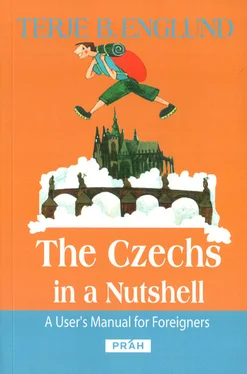

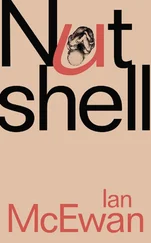
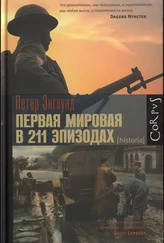
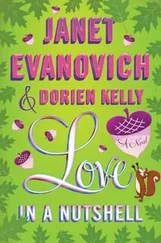

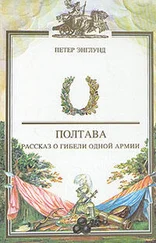

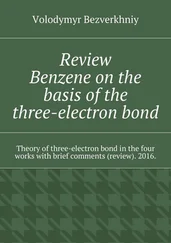
![Theresa Cheung - The Dream Dictionary from A to Z [Revised edition] - The Ultimate A–Z to Interpret the Secrets of Your Dreams](/books/692092/theresa-cheung-the-dream-dictionary-from-a-to-z-r-thumb.webp)



